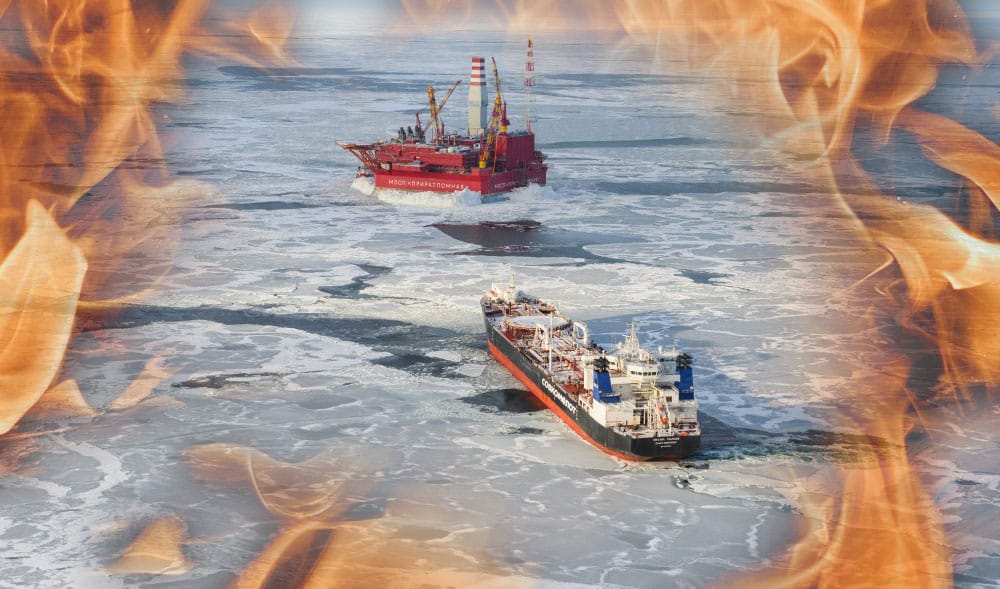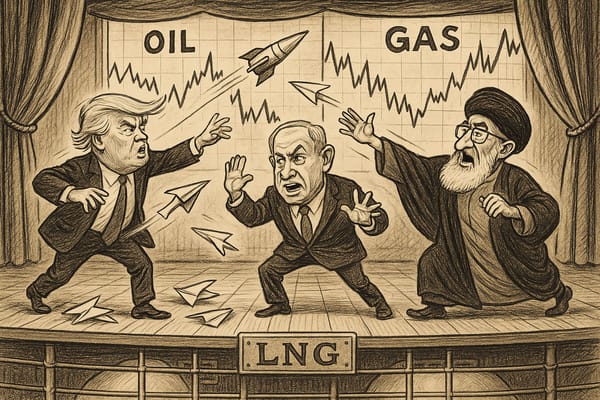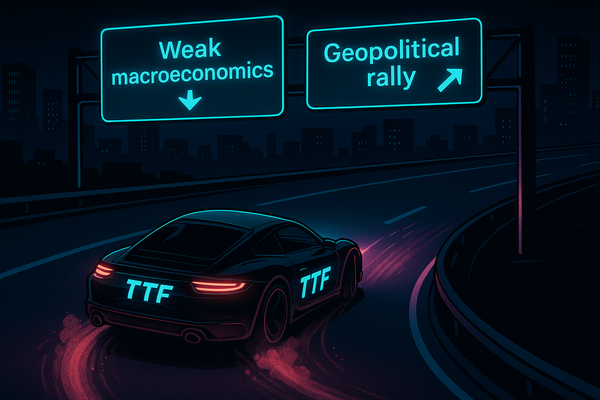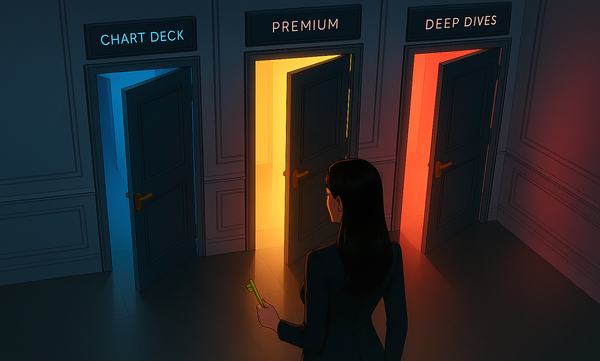🧊 Drilling on thin ice 🛢️
DEEP DIVE: War, climate and energy crises are destabilising Russia’s grand plans for Arctic oil

DEEP DIVE: War, climate and energy crises are destabilising Russia’s grand plans for Arctic oil


TTF bull trap turns investment funds into bag holders | EU LNG Chart Deck: 26 June 2025

TTF turns on a dime, but is risk being priced properly? | EU LNG Chart Deck: 20 June 2025

More choice. Same sharp insight. Now with a free trial.

EXCLUSIVE: SOCAR interview Q&A + multimedia report from Baku Energy Week